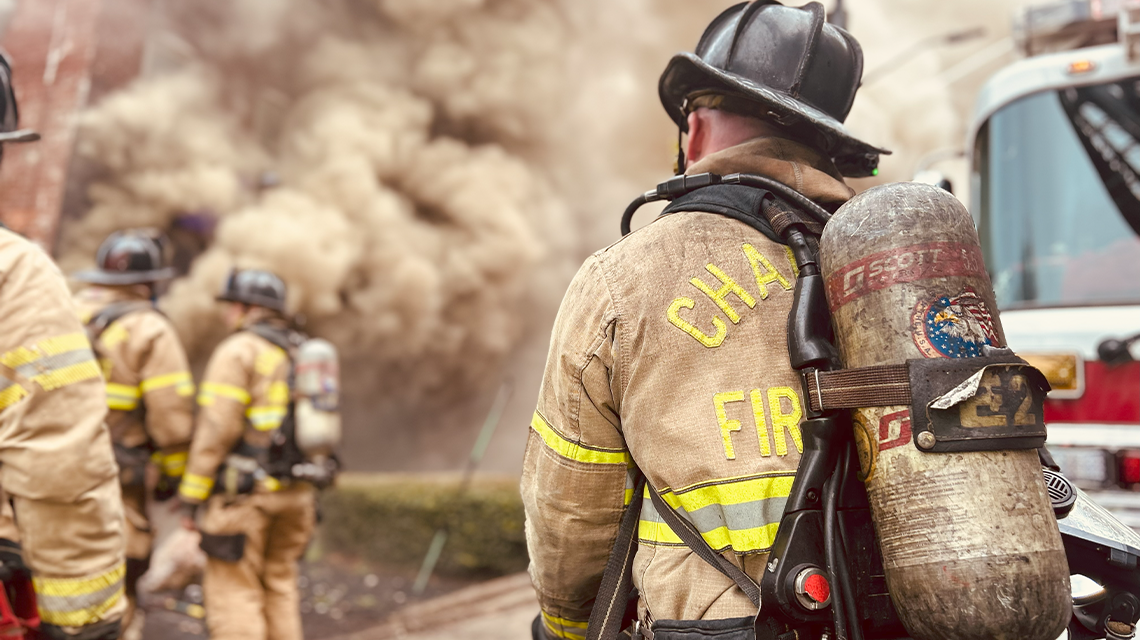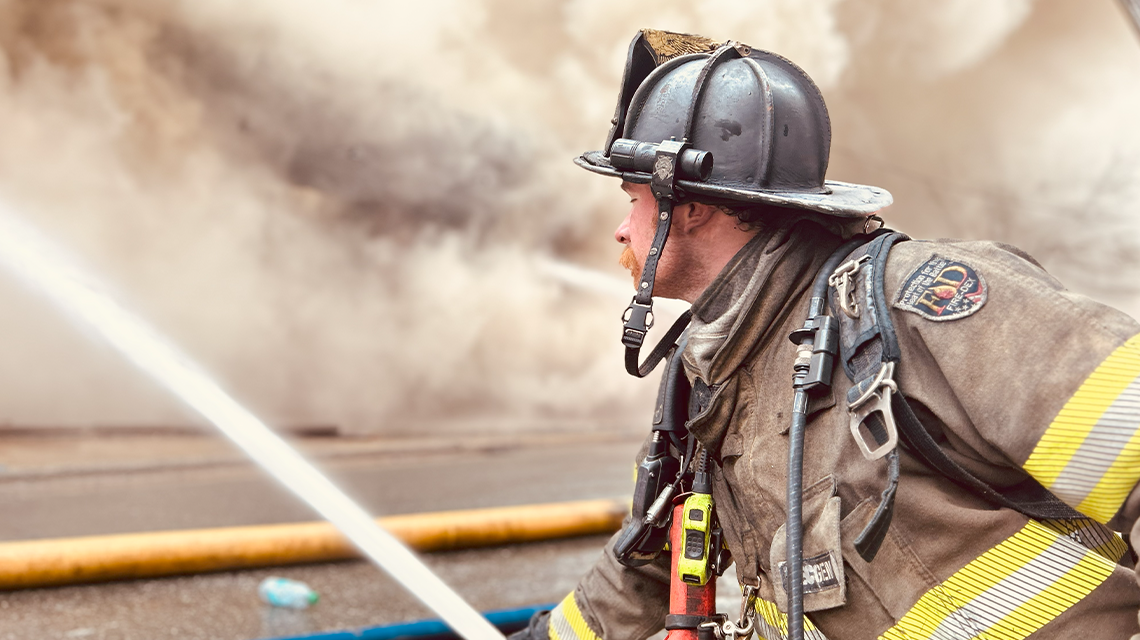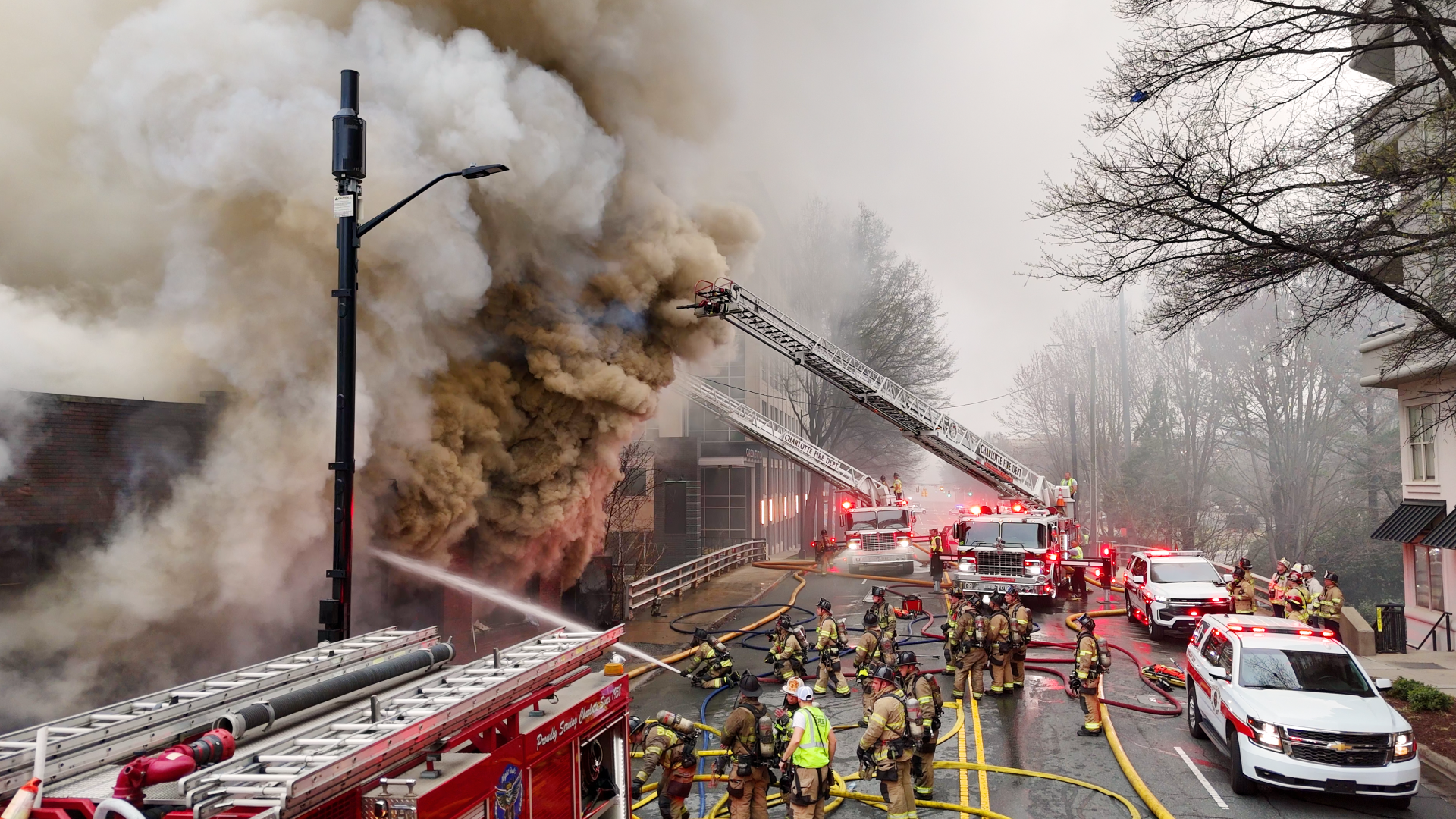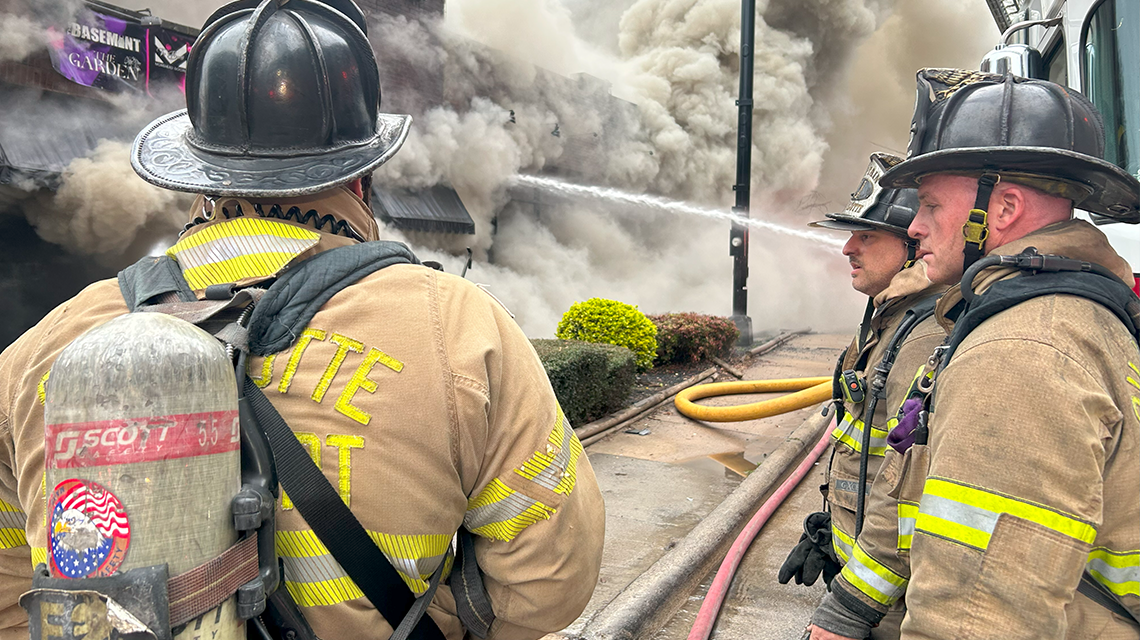Ignite Your Future by Becoming a Charlotte Firefighter
Published on July 20, 2025

Surrounded by heavy smoke, Charlotte firefighters maintain focus as water streams toward the heart of the East Morehead Street fire. These scenes show the intensity of the job—and the strength of those prepared to answer the call.
As Charlotte continues to grow, so does Charlotte Fire. On July 1, 2025, the department will open its firefighter application process, calling on individuals ready to ignite their future through service, discipline, and purpose. Applications will remain open until August 1, offering a one-month window for aspiring firefighters to step forward and begin their journey.
"We’re looking for people who don’t just want a job but who answer a calling," said Charlotte Fire Chief Reginald Johnson. "Being a firefighter isn’t easy. It’s demanding, it’s unpredictable, and it requires people who are ready to rise to the challenge every single day."

Charlotte firefighters stand ready in front of a heavily involved structure on East Morehead Street. This three-alarm fire tested coordination, endurance, and tactical decision-making — the same traits built during academy training.
From the first day at the Charlotte Fire Training Academy, firefighter recruits become full-time City of Charlotte employees, complete with a comprehensive benefits package. For those with higher education, the department offers an additional five percent pay incentive for an associate degree and 10 percent for a bachelor’s degree.
The training academy is a six-month commitment that covers everything from fire suppression and EMS to hazardous materials and water rescue operations. Recruits train alongside fellow candidates in physically and mentally demanding environments, learning not only how to protect the public but how to work as one cohesive unit.
Charlotte firefighters operate on the fireground with multiple hose lines in place and smoke showing from the structure. Team coordination and clear communication are essential — skills every recruit develops from day one at the academy.
Chief Johnson emphasized the importance of the training experience in shaping the next generation of Charlotte firefighters.
"We are committed to producing firefighters who are highly trained, community-focused, and prepared for anything," Johnson said. "Our instructors set high standards, and our recruits rise to meet them. That’s what makes this department one of the best in the country."
With 43 fire stations strategically located across 312 square miles, Charlotte Fire serves more than 892,000 residents. The department responds to more than 130,000 calls annually and is supported by a team of approximately 1,150 members. As the city expands, so does the need for a workforce that reflects Charlotte’s diverse and growing population.

A Charlotte firefighter moves into position with a charged hose line during the East Morehead Street fire. These moments reflect the physical demands and focused training that define the role.
Applicants must be at least 18 years old by the time of hire, possess a high school diploma or GED, and hold a valid driver’s license. Candidates must also meet the NFPA 1582 medical requirements and pass the Fireground Physical Abilities Test (FPAT), which simulates real-world fireground tasks. Those who complete the FPAT on their scheduled date also attend a uniform and gear fitting the same day.
Recruits who graduate from the academy are assigned to firehouses across the city and continue training while gaining experience on the job. Opportunities for advancement within Charlotte Fire are extensive, with paths leading to specialized teams, training officer roles, and leadership positions.

Firefighters deploy multiple lines to contain the March 2025 East Morehead Street fire. The scale and complexity of the response demonstrate the department’s capability and cohesion.
"We want people who are driven to grow," said Chief Johnson. "Whether you're here to serve your community, build a long-term career, or both, there is room for you to succeed here."
Beyond the fireground, Charlotte Fire is committed to health and wellness, providing a peer support team, annual physicals, cancer risk reduction initiatives, and a robust employee assistance program. The department also offers tuition assistance, allowing firefighters to continue their education while serving.
Charlotte Fire's commitment to professionalism, community, and continuous improvement has earned it a national reputation. The department is not just building new firehouses in response to Charlotte’s growth—it’s building the future of the fire service.

Charlotte firefighters work together amid thick smoke at the East Morehead Street fire, coordinating hose lines and strategy. Every moment in the field reflects the training, discipline, and teamwork instilled in recruits from day one.
"This is a department where you can make a real difference," said Chief Johnson. "We protect this city and each other. If you’re ready to serve with purpose, now is your time."
Interested candidates can learn more and apply by visiting CharlotteFire.org.